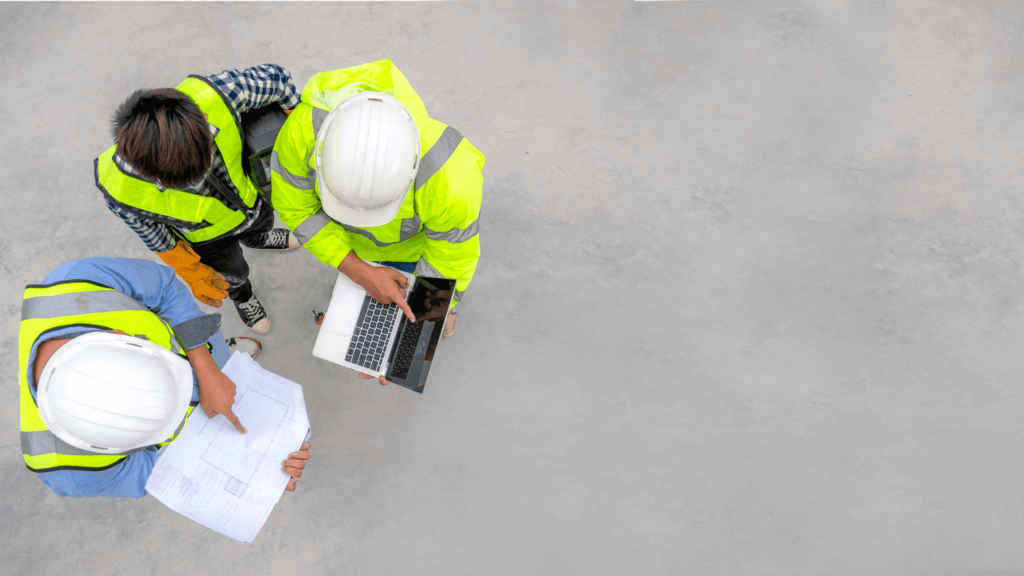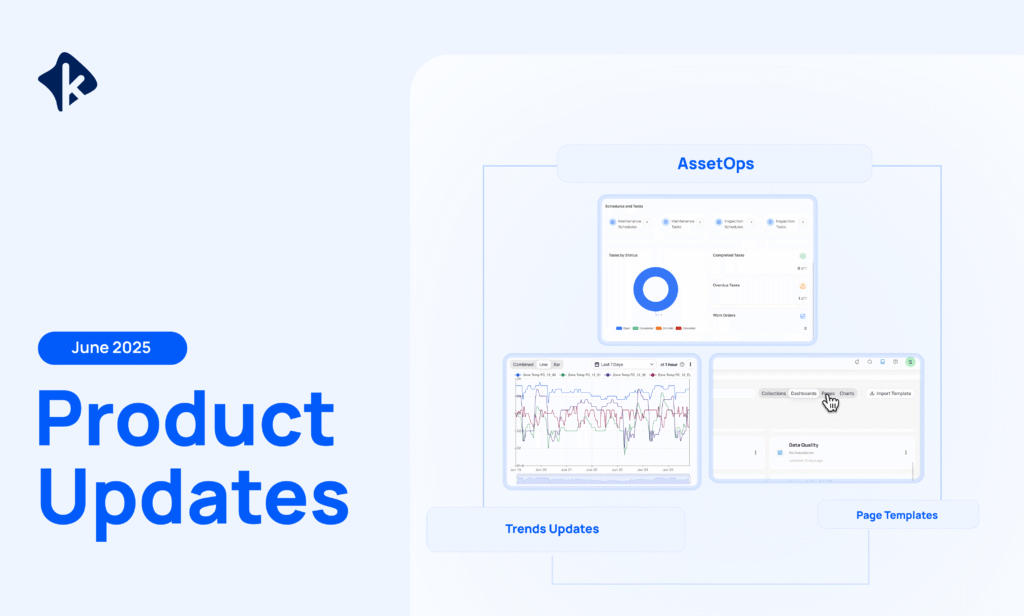By Urtina Gashi
On this page
Sign up to our newsletter
Subscribe to receive the latest blog posts to your inbox every week.
By subscribing you agree to with our Privacy Policy.
Traditional commissioning

The most common method of commissioning, traditional commissioning is used for newly constructed/retrofitted buildings to ensure that systems meet design and operational requirements. A commissioning (Cx) agent comes out to the building in person and tests a few devices as a sample for the whole building, around 10-15%. Mathematically speaking, this works but makes assumptions on the functionality of the majority of devices.
They perform tests and compile reports on equipment startup and sequence of operations. For equipment startup, they look at chiller, builder startup and shutdown sequences, and track if they follow those determined sequences. In the sequence of operations, they test the AHU managing airflow rates, pressure, and discharge temperatures; also the VAV managing airflow rates and response to temp setpoints.
Retro commissioning

This is a reactive process of commissioning that is used for existing buildings to improve system performance often with a focus on energy efficiency. Why this commissioning is done is because the building may have undergone occupancy changes, usage pattern changes, or systems degradation over time. Typically a commissioning agent or energy analyst comes to the building and conducts an audit or analysis of the following:
- Review of Chiller, Boiler, AHU Sequences (BMS Programming)
- Key Setpoints (Min/Max AHU Discharge Temp Setpoint)
- Economizer Enable Setpoints
- Sequence Reset Setpoints
Continuous commissioning

What continuous commissioning does is focus on the ongoing optimization of existing building systems, typically HVAC, to improve performance over the building’s life. It’s a regularly occurring event (ex. weekly) that’s an integral part of the building’s operational strategy. There are 3 essential elements to it: Energy Efficiency, Data, and Continuous Testing.
Data: There’s a data driven approach behind continuous commissioning that is distinct from traditional commissioning. It takes advantage of building automation systems and data analytics for real time monitoring and management of equipment.
Energy efficiency: There’s a continuous identification and implementation of energy-saving measures. With gaining visibility into equipment inefficiencies in the building, you are able to address issues before they lead to a major expenditure of energy, which leads to significant energy savings.
Continuous testing: Commissioning is an ongoing process that strives to sustain and improve building performance on a continuous basis. It involves regularly testing your building equipment with an automated commissioning tool, ideally weekly so you have a consistent stream of data on any issues that arise. This way you’ll be able to identify potential problems before they occur (ex. Equipment replacements).
Automated continuous commissioning with KODE
KODE OS provides the cutting-edge solution for automated continuous commissioning. Our Functional Testing Tool (FTT) – the industry’s first self-serve automated platform for true continuous commissioning – has been optimized to work better than ever before. With state-of-the-art automation, excellent scheduling, and streamlined workflows, FTT empowers you to take control of commissioning activities yourself.
With FTT, you gain a continuous pulse on equipment performance. Any developing issues are flagged immediately, enabling your team to take corrective action right away rather than waiting months or years until the next commissioning period.
Building systems tested through commissioning

Additional costs of traditional and retro commissioning
There are a few differences when it comes to costs between traditional/retro vs. automated continuous commissioning with KODE. Below are some additional costs to consider with traditional and retro commissioning:
Hiring a commissioning agent
This agent will assist with the commissioning planning process & implementation, the price is a percentage of the construction costs (traditional) or operating costs (retro).
Integration of building systems
There could be associated costs with adjusting or decoding building automation systems to ensure seamless integration with the Cx solution, these are typically one-time and upfront.
Ongoing consulting services
You may opt for continuous service contracts with Cx vendors or third-party consultants for system maintenance, updates, and operational support. These services can aid in result interpretation, activity prioritization, and tracking of energy conservation measures.
Costs associated with issue resolution
Implementation of Cx often uncovers maintenance and repair needs, leading to temporary increases in repair costs as deferred maintenance is addressed.
Change management costs
Introducing Cx may necessitate changes in existing roles or the establishment of new ones. Planning for these adjustments is critical for successful implementation.
Key takeaways
- Traditional commissioning serves an important role for newly constructed or retrofitted buildings, ensuring systems meet design and operational requirements.
- Retro commissioning focuses on energy efficiency in existing buildings by improving building system performance.
- Continuous commissioning offers an ongoing, data-driven approach that can yield significant energy savings over the building’s lifetime. This method focuses on continuously identifying and implementing energy-saving measures through real-time monitoring and data analytics.
What’s the best commissioning to perform? The choice between these commissioning methods depends on the building’s age, current performance, and long-term goals. Continuous commissioning offers a proactive, continuous optimization strategy which is recommended for existing buildings, while retro commissioning can be a valuable option for addressing major inefficiencies every few years. Traditional commissioning provides a one-time assessment, which is useful for new construction projects.
Regardless of the approach, commissioning can deliver benefits such as improved occupant comfort, reduced operating costs, and a smaller environmental footprint. By investing in commissioning services and embracing a data-driven approach to building operations, facility managers can ensure their buildings operate at optimal performance, reducing energy consumption and contributing to a more sustainable future.




